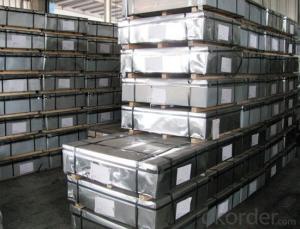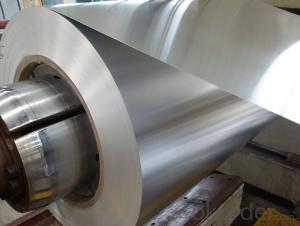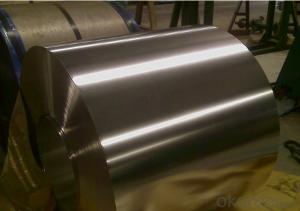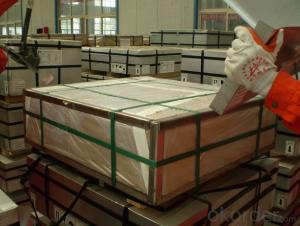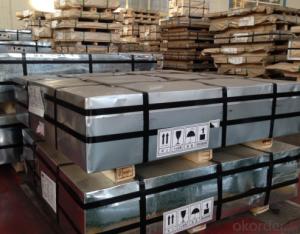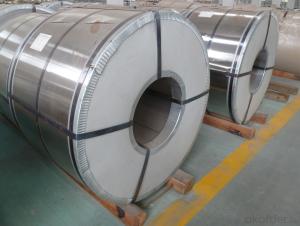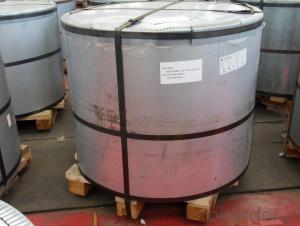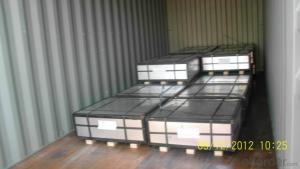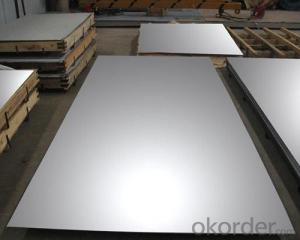Tinplate Elwood
Tinplate Elwood Related Searches
4 By 8 Plastic Sheets Thin Plastic Sheets Flexible Tinplate Coil Quotes Tinplate Iron Clear Plastic Sheets Hard Plastic Sheets 4X8 Lightweight Plastic Sheets Wavy Plastic Sheets White Plywood Sheets Poly Styrene Foam SheetsHot Searches
Tinplate China Tinplate Stock Price Tata Tinplate Price List Tinplate Price Trend Tinplate Nse Share Price Tinplate Price Chart Tinplate Share Price Nse Tata Tinplate Share Price Tinplate Share Price Today Tinplate Share Price Bse Tinplate Price Tinplate Share Price Tinplate Coil Manufacturers Tinplate Sheet Suppliers Food Mixer Sale Tinplate Factory Tinplate Production Tinplate Products Ltd Tinplate Products Tinplate Can ManufacturersTinplate Elwood Supplier & Manufacturer from China
Okorder.com is a professional Tinplate Elwood supplier & manufacturer, offers integrated one-stop services including real-time quoting and online cargo tracking. We are funded by CNBM Group, a Fortune 500 enterprise and the largest Tinplate Elwood firm in China.Hot Products
FAQ
- How can tinplate be identified?
- The quality of tinplate is related to the final use.
- Tinplate contributes to the safety of automotive components primarily through its corrosion resistance properties. By acting as a protective barrier, tinplate helps to prevent rust and corrosion on various automotive parts, such as fuel tanks, brake lines, and exhaust systems. This corrosion resistance ensures the structural integrity and overall safety of these components, reducing the risk of failure or malfunction. Additionally, tinplate's ability to withstand extreme temperatures and provide a stable surface for painting or coating further enhances the safety and longevity of automotive parts.
- Yes, tinplate packaging can be used for chemical products. It is a common choice for storing and transporting various chemicals due to its durability, resistance to corrosion, and ability to provide a protective barrier against external factors. Tinplate packaging is also compatible with different closure systems, making it suitable for a wide range of chemical products.
- Some of the different methods of disposing of tinplate packaging include recycling, reusing, and landfill disposal. Recycling involves separating the tinplate from other materials and sending it to recycling facilities to be processed into new products. Reusing tinplate packaging can involve repurposing it for storage or other purposes. If recycling or reusing is not possible, tinplate packaging can be disposed of in landfills, although this should be the last resort as it contributes to waste accumulation.
- Tinplate and tin-free steel differ primarily in the presence or absence of tin coating on the surface. Tinplate refers to steel sheets or strips coated with a thin layer of tin, providing corrosion resistance and enhancing the appearance. In contrast, tin-free steel is steel that lacks this tin coating but may have other protective coatings, such as chrome or organic materials, to prevent rust and improve durability.
- Tinplate performs exceptionally well in terms of printability. Its smooth surface allows for high-quality printing with vibrant colors and fine details. Additionally, the tin coating provides excellent ink adhesion, ensuring sharp and crisp prints.
- One of the main disadvantages of using tinplate is its relatively high cost compared to other packaging materials. Tinplate is more expensive to produce and purchase, which can increase the overall production costs for manufacturers. Additionally, tinplate is not as environmentally friendly as some other materials, as it is not easily recyclable or biodegradable. This can contribute to waste and pollution. Furthermore, tinplate is susceptible to corrosion if not properly coated or maintained, which can lead to product contamination or deterioration.
- Yes, tinplate can be used for packaging products with sensitive electronic components. Tinplate is known for its excellent electrical conductivity and corrosion resistance, making it an ideal choice for protecting sensitive electronic components from external factors such as moisture and oxidation. Additionally, tinplate offers good mechanical strength and can be easily formed into various shapes, providing secure packaging for these components.
















